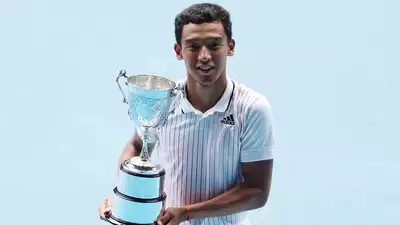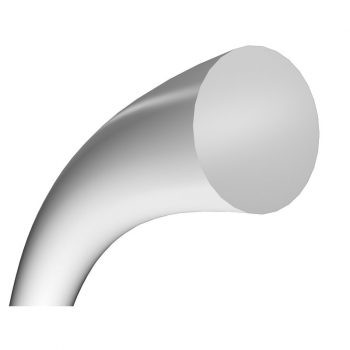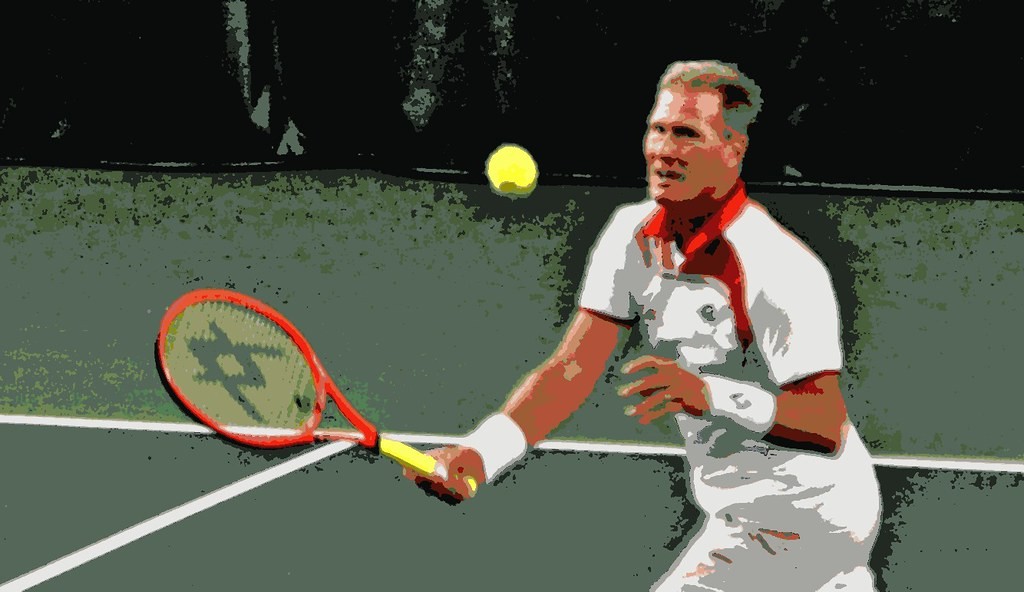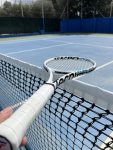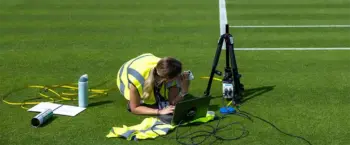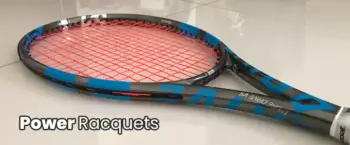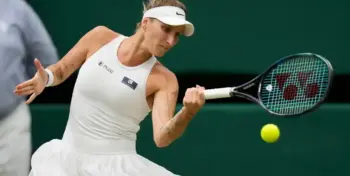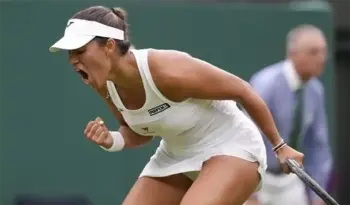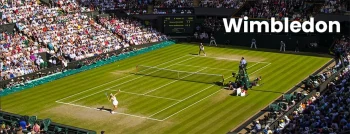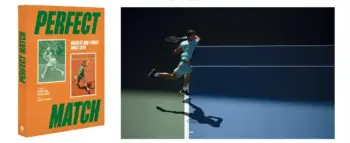Evan Gaudreau is back with the third part of his Australian Open Boys Final 2022 analysis. Punch the volley?
Let’s punch the volley over to Evan. You can check out more of his posts under the tag analysis. For the Australian Open Boys Final 2022 Analysis pieces, you can check out Part 1 and Part 2.
Hello?
Now to the bottom of the sandwich. Transition game and volleys.
If I had the opportunity to drive all over the country or go to other parts of the world, I could give you a more substantial reason why the volley has died. What do we hear a lot?
“Punch the volley,” the coaches say.
“Step with your opposite foot!”
“Bend the knees!”
That one’s my favorite to pick on.
I want to make this quick.
Punching the volley worked back in the day because the strings were soft. Synthetics. Guts etc. So as a player and as a coach, we punched the volley. Then over time, my volley got less control.
“Man, when I was in college, I would bait opponents with meatball serves and let them pound the return and put the ball back at the baseline with my eyes closed.”
All of a sudden, it got more complicated.
Was it age?
Lack of competition?
Neither.
Strings change things
It was the strings. Poly’s, to be specific. Mark your calendar. February 17, 2022. This is the first time you have heard this. The copycats will be feasting soon.
Because a polyester string is stiff, it makes the ball pop off the strings quicker. It doesn’t absorb the ball as much. What that does is spring the ball—causing some inconsistency in the contact and feel.
How do we combat this? You have to go more outside to inside on the contact—kind of across the ball instead of punching straight through. Don’t believe me?
Look at the pros. Other than a couple of decent volleyers, the rest float forehand volleys. I saw it with Felix Auger Aliassime. His putaway volley is fine, but his mid-court volley sat up.
Watch more dubs. They make a living at the net and have a better grasp of the change. What happened was no different than the groundstroke change. I never saw it either. But I do now.
“Step with your opposite foot!”
This is silly. When you step with your opposite foot, your weight drops, and that drops your shoulders, and that drops your racket (when your racket should be going up on the low ball).
Many hackers teach to step, then punch (Double negative). It’s contact first, then step. So, you can use your body instead of your hands (which break down under pressure). Val Wilder taught me that. Over 25 years ago. You don’t know who Val is? Look him up. He’s the guy the champions tour didn’t want to play in its inception because they didn’t want a “nobody” beating the pros. Oh, but Val was a pro. Top 100, to be exact. Anyway.
The volley should be a load step. For instance, if you’re hitting a righty forehand volley, you would go right foot load, driving your weight through the contact. Contact. Then land left foot, then right again. And guess what? Look how much closer you are to closing the net.
The one-step method cracks me up. It’s like playing red light, green light. You stop all your momentum (prob miss the volley anyway) and start back up again, giving up court position for the next shot. Picture if you were walking down the sidewalk and just stopped, then walked again. Weird right? Now you know how I feel when I watch bad volleyers.
Back to the juniors.
When I watch Bruno transition, I notice a couple of things. He moves through his backhand volley yet stops and plants on his forehand volley. Listen. If I play a foot stamper, they’re going to miss volleys on big points or at least give you a meaty opportunity on the passing shot.
If I play Bruno, I’ll go to his backhand volley on low points or if I don’t care whether I win or lose the point. But on the big points, I’ll go after the forehand immediately.
The proof is in the video. He transitions through his backhand but plants on the forehand. The big takeaway is don’t waste a passing shot on the forehand volley. Save them for the big points that matter. Watch when they miss and they start mimicking the “right” swing.
There are a few other tricks about volley transition, but I’m moving on to just the Transition. When I watched Bruno transition from the baseline to the net, I noticed he barely got inside the box. We call that getting to the second level. Why didn’t he transition? I’m not his coach, so I don’t know. But it makes me think about what he does for training.
Your training becomes your match play
When you do slow training or hand feeds, it’s not like game time speed. It’s not like the coach is feeding topspin with his hands and you’re countering the spin or if the pro feeds you “fluff” feeds to work on transition.
During game time feeds, I call it getting the eyes—those wide eyes, like a hunter. One of the bigger problems I find in the junior game is the relations between the coach, to player, to parent. I don’t feel bad if I hit feeds that go by the student. You’re on my time, not yours, I tell them. You need to get to my speed. I’ll never forget one student having trouble with this. And he started getting frustrated. The dad came over and asked me to slow down the feeds.
I laughed. In my head of course. But it’s not funny. Especially when the parent is maybe a 3 UTR. Or less. I was trying to move the kid forward and not backward. Those are the parents that subvert from within. On drives home, in the lobby etc.
An old school drill that still works
We used to do an old-school drill back in the day—closers from the baseline. Start at the baseline, and you fly into the net, find your line of attack quick and move through the volley without slowing down, then continue and touch the net, then backpedal all the way back. We’d do 20s-30s with no break. Multiple sets. This got rid of any hesitation, moving forward.
To resolve the missed returns. Stop training as if you know where the return is going. Have your coach or dad or mom serve randomly and say you have to put 5 to a specific location, or 10, or 15. It’s not as easy when you don’t know where the server is going. And it’s actually kind of fun, for the server, to trick the returner and make them miss.
Now, if you’re a beginner, I get it. Isolate the work for the first two years, but get to random feeding as quickly as possible.
The last thing I’ll bring up is depth. Watching the juniors and then watching the pros, two things stood out. The depth from the pros was consistently deeper. And the pace of the ball was quicker and heavier, consistently.
In all honesty, I was surprised by the final. Bruno grew on me as the match kept going. And he’s still young. We shall see how he turns out.
Last thought. Who is John Galt?
